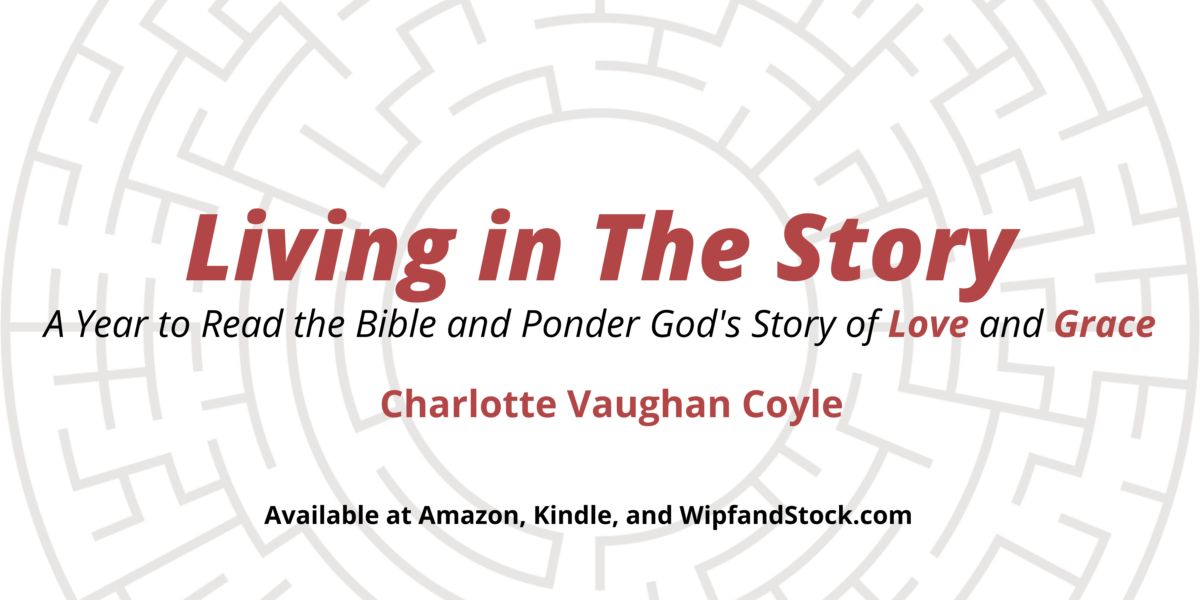O give thanks to the Lord, for the Lord is good;
God’s steadfast love endures forever!
Let Israel say, “His steadfast love endures forever.”
Let the house of Aaron say, “His steadfast love endures forever.”
Let those who fear the Lord say, “His steadfast love endures forever.”
Psalm 118 begins and ends as several praise psalms do: alluding to the formulaic understanding of Yahweh’s steadfast love to the thousandth generation (i.e. forever.)
This affirmation of God’s steadfastness is followed by three stanzas recalling times of trouble, perilous times, events in which Yahweh intervened and “became my salvation.” Here is a psalm of New Orientation, a prayer of praise and confidence that – no matter what – God is at work in the world and in love with his people.
Notice in this psalm and throughout the Scriptures the frequent references to the “right hand.” The Lord’s right hand, my right hand, the right hand of fellowship…
There are glad songs of victory in the tents of the righteous: “The right hand of the Lord does valiantly;the right hand of the Lord is exalted; the right hand of the Lord does valiantly.”
In Middle Eastern culture from ancient times and continuing today, the right hand is the hand of favor. This is both symbolic and practical. Within this cultural practice, the left is the hand that performs all the unclean acts required for the body while the right hand remains clean and unsoiled. Offering someone your left hand would be highly offensive while offering the right hand shows favor and acceptance.
Psalm 118 overflows with familiar phrases that have been quoted and reproduced within the New Testament. For example:
I thank you that you have answered me and have become my salvation. The stone that the builders rejected has become the chief cornerstone. This is the Lord’s doing; it is marvelous in our eyes.
The cornerstone, capstone provides foundation and support for an entire structure and is highly prized. From rejection by others to a chosen and favored role by Yahweh – the poet rejoices in this impossible possibility. The psalmist celebrates the happy reversal God has accomplished.
Several New Testament theologians picked up on this cornerstone image as they pondered the meaning of the Christ event. For them, this saying prefigured the life and function of Jesus the Christ and succinctly described who he is.
Mark used it first, in the context of a parable used to the indict the Pharisees over their rejection of Jesus as Messiah. Matthew and Luke followed Mark closely.
And then Peter’s sermon in Acts explicitly applied the psalmist’s words to Jesus’ death and resurrection. “This Jesus, whom you crucified, whom God raised from the dead, is ‘the stone that was rejected by you, the builders; it has become the cornerstone.’
Jesus IS the cornerstone.
These passages demonstrate how theologians have always read and re-read, interpreted and re-interpreted the Scriptures. Here is another example:
Blessed is the one who comes in the name of the Lord. We bless you from the house of the Lord … Bind the festal procession with branches up to the horns of the altar.
Christians from liturgical traditions recite this first line nearly every Sunday, and most Christians will read about this “festal procession with branches” and recollect Jesus’ Palm Sunday parade.
So Christians’ traditional confession is that it is Jesus the Christ who is “the one who comes in the name of the LORD.”
Think of his kind of theological interpretation as “reading backwards.”
Theologian Richard Hays reflects on ways the first century theologians re-read their own Scriptures to find within them “figures” or “pre-figures” of Christ. They began with the Christ Event and then read backwards through the Hebrew Scriptures to make sense on this never-before-imagined event.
It’s not so much prediction, Hays notes, as it is a recognition of divine patterns in God’s interaction with humans and our human endeavor to understand this divine interaction.
It’s not so much about how the original texts were produced as it is about how the texts are received in any subsequent age.
Our psalmist rejoices in the surprising reversals of grace he and his people have experienced and he gives praise to the steadfast God for orchestrating his salvation. In our own day, through the events of our own lives, we too can recognize God’s persistent pattern of turning expectations on their heads and surprising us with grace and new life.
As 21st century theologians, we too rejoice in the ever new surprise of resurrection.
Disaster, despair and death may be our human pattern, but the Divine Pattern displayed by death’s reversal in the resurrection of Jesus Christ is a pattern that will never cease to amaze us.
Richard Hays. Reading Backwards: Figural Christology and the Fourfold Gospel Witness (Waco: Baylor University Press) 2014.


